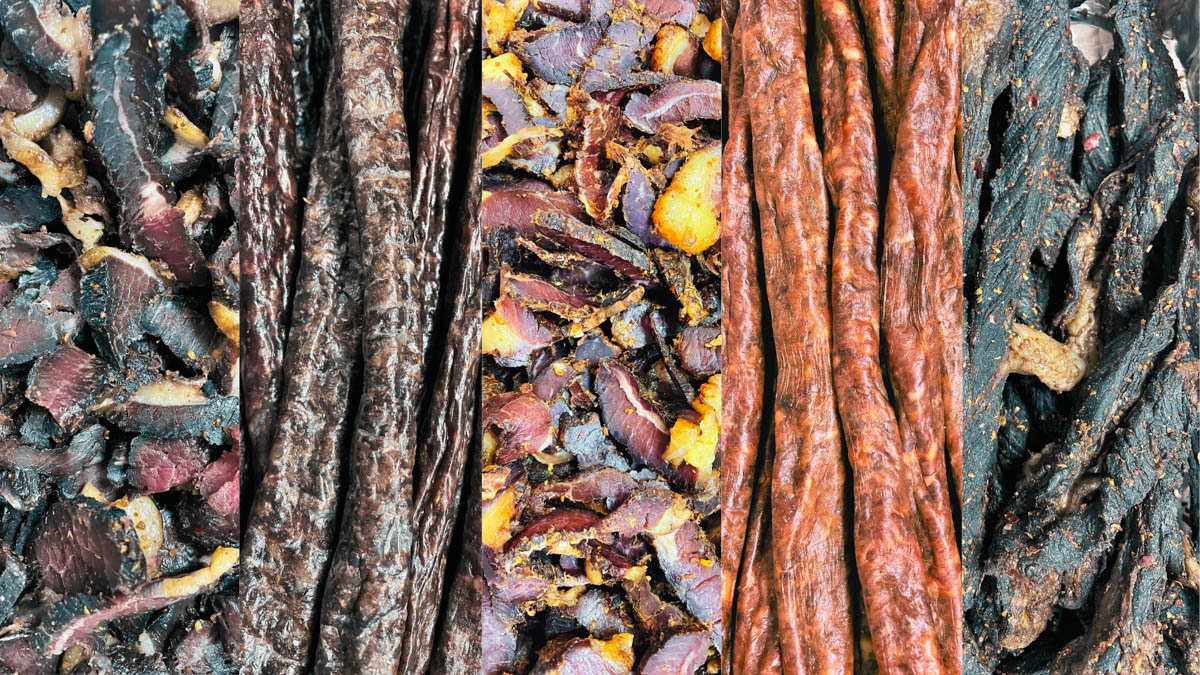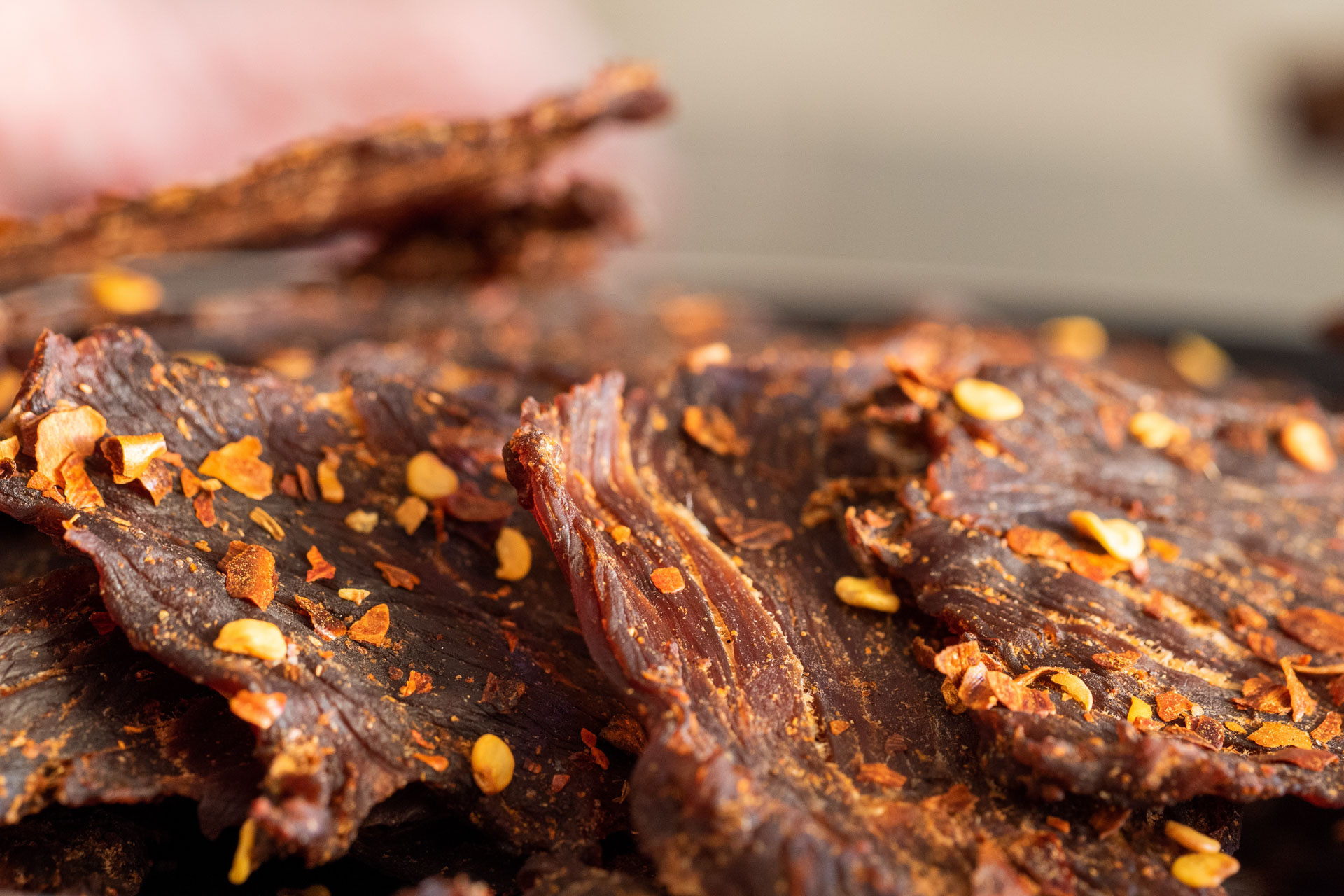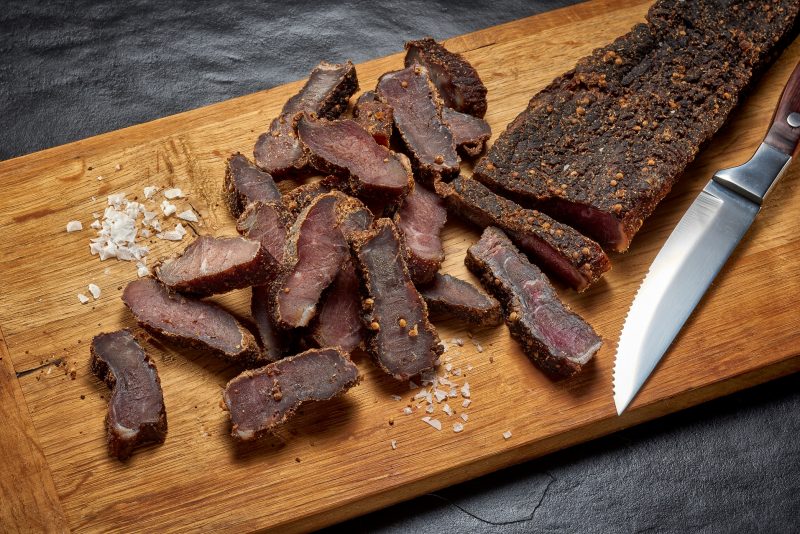Troubleshooting Biltong: Common Problems and How to Fix Them
I remember when I first started making biltong at home, I thought it would be as simple as seasoning the meat and waiting for it to dry. But, like many others, I quickly found there were a few challenges along the way. Some batches came out too tough, others were too salty, and sometimes I wasn’t even sure what went wrong. It could feel frustrating, but I also realised each mistake was part of the process.
In this blog, I want to share some of the most common problems people face when making biltong and, more importantly, how to fix them. My goal is to show you that these issues are normal, and with a few adjustments, you can get back on track. I’ll also explain how using a biltong chamber makes the whole process smoother, and why Kalahari is a great choice if you want to avoid these problems in the first place.
-
When Biltong is Too Tough
One of the most common issues is ending up with biltong that feels like leather. It’s hard to chew and not enjoyable to eat. This usually happens when the meat has dried too much or for too long.
The simple fix is to check your drying times and the thickness of your slices. Thicker cuts take longer to dry, while thin strips can dry too quickly. Finding a balance is key. Another tip is to store biltong in a sealed container once it reaches your preferred texture. This helps it keep a little moisture and prevents over-drying.
If you’re using a biltong chamber, you’ll find it easier to monitor drying conditions. Instead of relying on the weather or a makeshift drying setup, the machine provides consistent airflow and temperature. This reduces the chance of your biltong becoming too tough.
-
When Biltong is Too Moist
On the other side, you may find that your biltong is too wet in the middle. While some people enjoy a slightly soft texture, too much moisture can cause mould to form. This is a common problem, especially when drying in damp or humid conditions.
The solution is to make sure the airflow is strong enough and that your slices are not too thick. If you prefer thicker cuts, you’ll need to extend the drying time. You can also cut a piece open to check the middle before you decide it’s ready.
Using a chamber solves this problem because it removes the uncertainty. The airflow is steady, and the drying chamber creates the right environment, even when the weather outside isn’t ideal. That way, your biltong reaches a safe and consistent level of dryness.
-
Problems with Flavour Balance
Sometimes the texture is perfect, but the taste doesn’t feel right. Maybe it’s too salty, or the spice mix is overwhelming. These issues are common, especially when you’re experimenting with recipes.
The easiest way to fix this is to keep track of your spice measurements. Write down exactly how much salt, vinegar, and spice you use for each batch. That way, if something tastes off, you’ll know what to adjust next time. If it’s too salty, reduce the salt slightly or balance it with more coriander or pepper.
When making your own biltong at home, don’t be afraid to try small batches with different spice ratios. This gives you the chance to refine your recipe without wasting large amounts of meat. Over time, you’ll discover the exact flavour you enjoy most.
-
Issues with Mould
Mould is another challenge that can discourage people. It usually shows up when there is too much moisture in the meat, poor airflow, or if the biltong is left hanging for too long.
The best way to avoid mould is to use fresh meat, cut it evenly, and make sure it is coated properly with vinegar during preparation. Vinegar acts as a natural preservative and reduces the risk of mould forming. Once dried, store your biltong in a cool, dry place. Avoid sealing it while it’s still warm or slightly damp.
With a biltong chamber, airflow and drying conditions are consistent, which makes mould far less likely. The controlled environment means you can relax knowing the batch is drying the way it should.
-
When the Colour Looks Wrong
Sometimes biltong doesn’t look as appealing as you’d expect. It may turn too dark, or it may stay pale in certain areas. While colour doesn’t always mean there’s a problem, it can be a sign of uneven drying.
The fix here is to make sure your slices are uniform in size. Thin ends will dry faster and become darker, while thicker parts may stay lighter for longer. Using a sharp knife and keeping slices even will improve the final look.
A chamber also helps here. Because the air circulates evenly, the meat dries at the same pace on all sides, which makes for a better appearance as well as better texture.
Why a Biltong Chamber Makes It Easier
When I look back at the issues I faced, most of them came from trying to make biltong in conditions I couldn’t control. The weather, the airflow, even the small differences in how I cut the meat add up to inconsistent results.
That’s why I believe a biltong chamber is such a smart investment. It removes the guesswork. The controlled environment gives you the confidence that your biltong will come out right, batch after batch. Instead of worrying about mould, texture, or uneven drying, you get to enjoy the process.
If you’re looking for a reliable option, Kalahari has machines that are trusted by many in New Zealand. Their chambers are designed to be simple to use, durable, and effective. Once you start using one, you’ll find that the problems you once faced are much easier to avoid.




